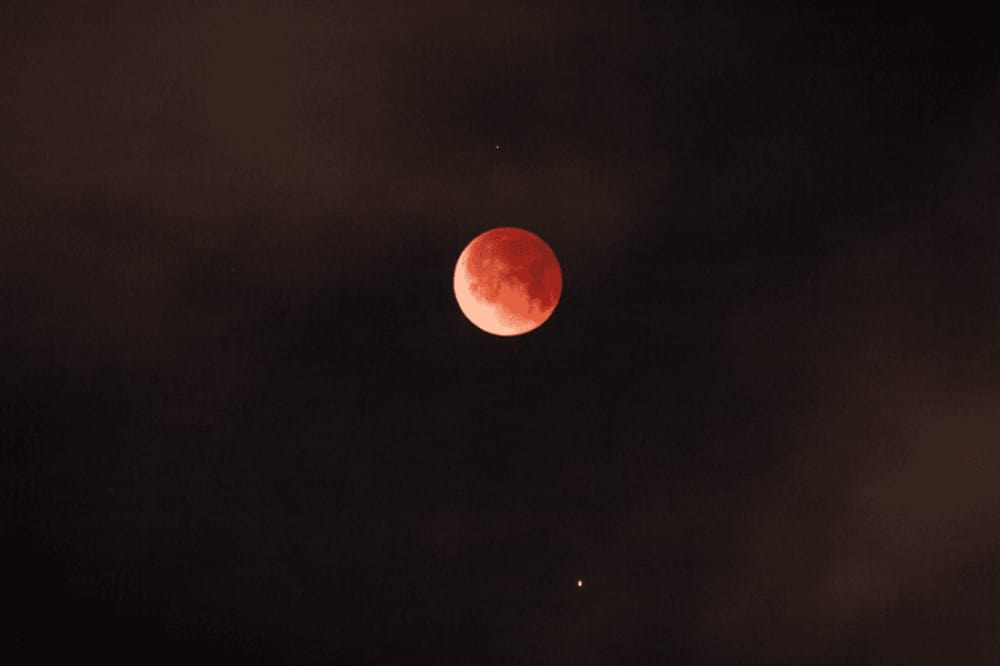A rare hybrid solar eclipse will sweep across the Pacific Ocean from New Zealand to Central America, with Costa Rica being a prime destination to witness this celestial event. While the peak effect will occur in a remote region of southwest Costa Rica, the entire country will be able to view a partial eclipse with an impressive amount of afternoon darkness.
During most of its route, the eclipse will appear as a total eclipse, where the moon completely blocks the sun’s sphere. However, along two sectors of its path, including Punta Banco in Costa Rica, the phenomenon will be a so-called annular eclipse, with the moon appearing as a bull’s eye in the center of the sun.
While this event is undoubtedly exciting, it is crucial to take proper precautions when viewing the eclipse to avoid permanent eye damage. The Science and Technology Foundation (CIENTEC) has begun a public-awareness campaign to educate Costa Ricans on the dangers of looking directly at a solar eclipse.
Dr. Zlatko Piskulich, an ophthalmologist at Mediplaza in Escazú, explains, “An eclipse is never completely total, and looking at the phenomenon long enough can cause macular burning, which is occasionally irreversible.”
To ensure safe viewing, CIENTEC is selling special filtered glasses that offer proper Level-14 protection for the eyes. These glasses are available at CIENTEC’s offices in San José for ¢650 ($1.40). It is important to note that sunglasses, binoculars, exposed negative film, or smoked glass provide no protection at all when viewing a solar eclipse.
For those who do not have access to specialized glasses, Dr. Piskulich recommends using a projection technique. This time-honored method involves cutting a 5-mm hole in a piece of cardboard and viewing the skewed shadow cast on the ground. Another similar approach is to view the skewed light cast on the ground as it passes through the leaves of a tree.
While the weather may not cooperate fully, with clouds typically moving in by late afternoon in early April, northern Costa Rica will likely see the best chance for sunny skies. Even with cloudy skies, there will be notable darkness that afternoon.
Alejandra León, director of CIENTEC, suggests making it a science weekend, as the afternoon of April 8 kicks off a three-day holiday. This rare hybrid solar eclipse is an opportunity to witness a breathtaking astronomical event while prioritizing eye safety and using proper viewing techniques.







